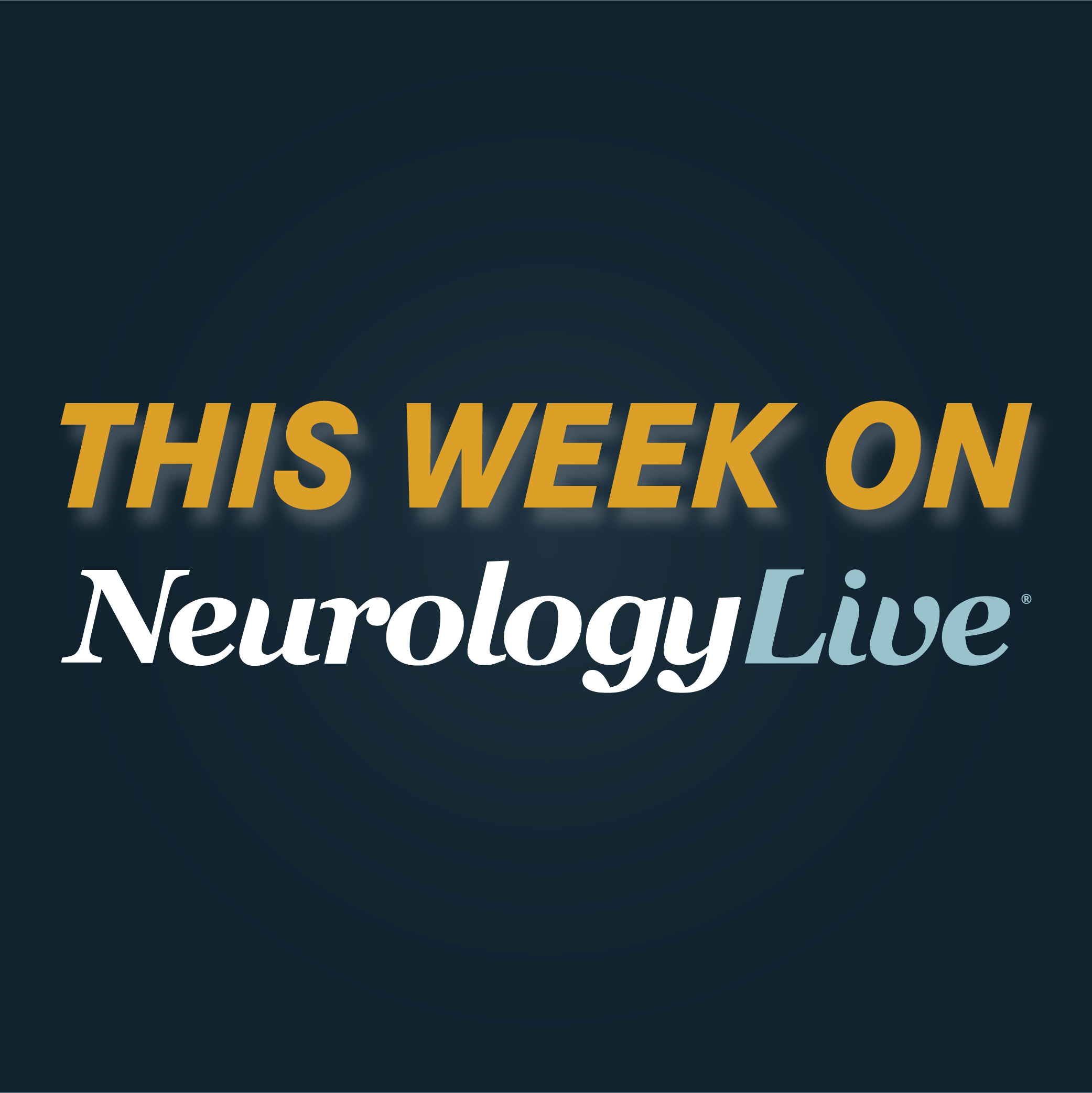News
Article
Non-P42 MOG-IgG Serotype Predicts Worsened Disease Progression, Relapse Rate in MOGAD
Author(s):
Patients with non-P42 MOG-IgG in MOGAD had over three times higher risk of relapsing course than those with P42 MOG-IgG.
Fabienne Brilot-Turville, PhD

In a recently published study of patients with myelin oligodendrocyte glycoprotein (MOG)-IgG-seropositive confirmed MOG antibody-associated disease (MOGAD), data revealed that those with non-P42 MOG-IgG, a non-dominant MOG epitope, was associated with a significantly increased risk of relapsing course. Overall, these findings suggest that non-P42 MOG-IgG may be the first diagnostic predictor of relapsing course in a distinct subgroup of MOGAD.1
Published in Neurology, Neurosurgery, & Psychiatry, the study featured 202 adult patients with MOGAD, 150 (74%) of which had MOG-IgG that recognized the immunodominant proline 42 (P42) epitope and 115 (57%) of which recognized histidine 103/serine 104 (H103/S104). Conducted from January 2013 to June 2022, the study followed patients for a minimum of 1 year (median follow-up, 4 years [IQR, 2.2-7.2])
Between the groups, 82% (44 of 52) of patients with non-P42 MOG-IgG had a relapsing course, compared with 62% (93 of 150) of patients with P42 MOG-IgG. This association remained true when patient sera were tested with an anti-human IgG1 secondary antibody, in which 41 of 45 patients with non-P42 MOG-IgG were confirmed. Notably, there was no change in the risk of having a relapsing course based on H103/S104 epitope status (HR, 1; 95% CI, 0.66-1.43; P = .891).
Led by senior author Fabienne Brilot-Turville, PhD, a professor of neuroimmunology at the University of Sydney, the study determined serum MOG-IgG and epitope binding by validated flow cytometry live cell-based assays. Using a univariate Cox proportional hazard model, patients with non-P42 MOG-IgG had 70% of increased risk of a relapsing course compared with those whose MOG-IgG bound P42 (HR, 1.7; 95% CI, 1.15-2.60; P = .009).
"A biological explanation for the association between non-P42-targeting MOG-IgG and enhanced likelihood of relapsing disease in MOGAD has not yet been proposed," Brilot-Turville et al wrote. Comparatively, it is possible that non-P42-targeting MOG-IgG can bind to MOG at low titers despite most MOG-IgG having low affinity, ultimately resulting in a relapse attack, whereas P42 epitope-binding MOG-IgG may require greater IgG levels to trigger a relapse."
While H103/S104 epitope status alone didn’t have an effect on relapsing course, the combination of a non-P42 and non-H103/S104 epitope had a higher risk of exhibiting a relapse course than the combination of P42 and non-H103/S104 epitope (HR, 2.5; 95% CI, 1.26-4.84; P = .009). Furthermore, the duration of relapse-freedom was significantly longer in patients with a P42 epitope than those with a non-P42 epitope (log-rank test, median time to first relapse, 2.7 years [95% CI, 1.54-5.99] vs 0.9 years [95% CI, 0.51-3.41]; P = .0079).
A subsequent analysis examined patients based on the phenotype at onset: optic neuritis (OR), unilateral optic neuritis (UON), bilateral optic neuritis (BON), transverse myelitis (TM), or brain. Of patients presenting with ON, those with non-P42 MOG-IgG exhibited an 80% increased risk of a relapsing course compared with those with P42 MOG-IgG (HR, 1.8; 95% CI, 1.11-3.03; P = .02). Those with UON at onset and non-P42 MOG-IgG demonstrated more than double the risk of relapsing course relative to those with P42 MOG-IgG (HR, 2.5; 95% CI, 1.26-5.00; P = .01).
READ MORE: Health Canada Approves Inebilizumab as Treatment for Neuromyelitis Optica Spectrum Disorder
Patients with TM and non-P42 MOG-IgG showed 2.3-higher hazard of relapsing course than those with P42 MOG-IgG, although this did not reach statistical significant (95% CI, 0.90-5.85; P = .08). Among those who had a sample collected before the first relapse, results showed that those with onset UON and non-P42 MOG-IgG exhibited more than double the risk of exhibiting a relapsing course than those with BON and P42 MOG-IgG (HR, 2.7; 95% CI, 1.06-6.98; P = .038). Notably, relapse freedom in these patients lasted significantly short than those with P42 MOG-IgG (P = .0042).
"The overall risk of a relapsing course in patients whose MOG-IgG recognized a non-P42 epitope was over three times higher than those who recognized the immunodominant P42 epitope," the study authors wrote. "A seropositive non-P42 MOG-IgG test predicted a relapsing course in adult patients with UON with high specificity and positive predictive value. This association was particularly robust at disease onset, making MOG-IgG epitope detection a reliable predictor that can be tested before the occurrence of the first relapse."
At onset, MOG-IgG-seropositive patients mainly presented with UON (38%; n = 76), BON (30%; n = 61), TM (17%; n = 35%) or brain (7%; n = 14). A quarter of patients with UON and a third with TM had non-P42 MOG-IgG. Detection of the non-P42 epitope was associated with a relapsing course in 95% of UON and 92% of TM, but only in 69% and 75% of BON or brain patients, respectively. Overall, these results support the notion that non-P42 MOG-IgG combined with onset UON strongly predicts MOGAD relapsing disease.
REFERENCE
1. Liyanage G, Trewin BP, Lopez JA, et al. The MOG antibody non-P42 epitope is predictive of a relapsing course in MOG antibody-associated disease. Journal of Neurol, Neurosurg, & Psych. Published online January 30, 2024. doi:10.1136/jnnp-2023-332851
Newsletter
Keep your finger on the pulse of neurology—subscribe to NeurologyLive for expert interviews, new data, and breakthrough treatment updates.



